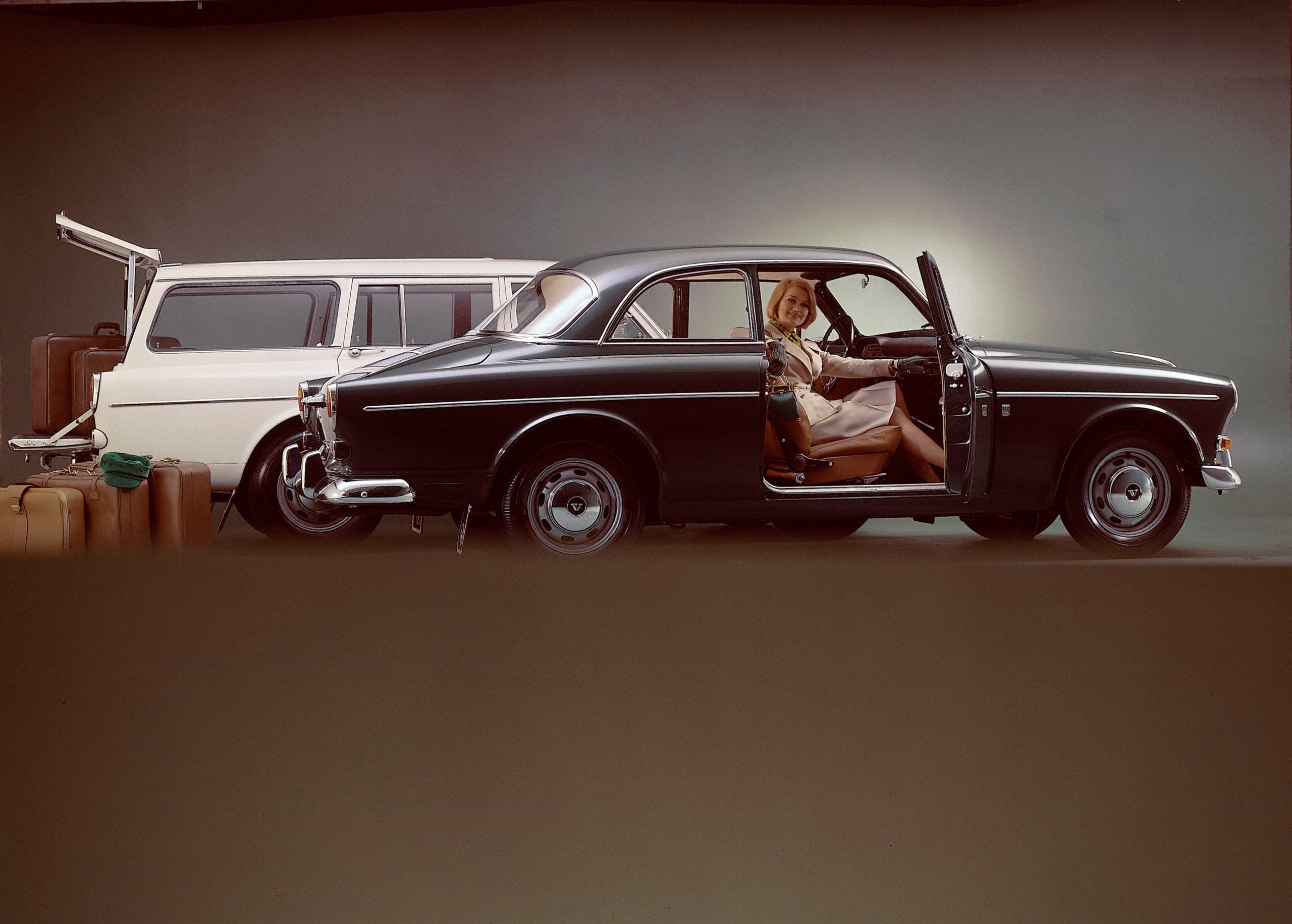Photo credit: Volvo Cars
Even today, on many markets, Volvo is mainly associated with station wagons. Certainly, this style of body, which grew in popularity from the 1940s, becoming a fashion icon of the 1960s, owes its success largely to the Swedish car maker. In both America (from the early 1970s) and Europe, Volvo was the manufacturer that first developed the concept of the station wagon as a luxury car, putting paid to the idea that these were purely functional, utilitarian vehicles. Volvo boasts a long history of station wagons, stretching right back to 1947 and the PV 444. These vehicles, albeit initially utilitarian in nature, have in fact been a constant feature of the company’s product range ever since the early postwar years. The P220 Amazon is an evolution of the P120, which was a standard production sedan, first produced in 1957. Five years later, the P220 was unveiled in Europe, showing the world that station wagons can be fast, satisfying to drive, and every bit as comfortable as a sedan, as well as more spacious and practical. The P220 also boasted beautiful interiors and finishing.

Today’s car collectors are now looking beyond sports cars and starting to be drawn to more family-type vehicles. The passion for classic cars is, in fact, far broader than was once realized, and it is widely felt that this should be acknowledged. Accordingly, sedans and station wagons are cropping up more and more at meetings all over the world, where they are welcomed and — this applies especially to the latter —, increasingly admired and coveted. Until now, however, the Amazon has, for some reason, been rather overlooked, with collectors seemingly more interested in the subsequent series, especially the turbocharged six-cylinder models, or in Mercedes Ts (their contemporaries).

The Amazon P220 was in production from 1962 to 1969, and among the cars of its generation there doesn’t appear to be a single station wagon that can rival it for construction strength and reliability, or for spare part availability. The Amazon was designed by Jan Wilsgaard, who went on to lead the Volvo style center for the following three decades. He was only 26 years old when he penned this car, and it is still considered one of his masterpieces. With its modern and balanced lines, it is a great-looking car even by today’s standards. The Amazon, unashamedly inspired by US station wagons, had some great features. One, in particular, is the two-door tail gate, whose bottom part can be lowered for easier loading of the vehicle or for transporting long items; what’s more, given the way these cars are used nowadays, it can also double up as a picnic table!

The Amazon Station Wagon is spacious but not huge. It is 4.5 meters long and has a 2.6-meter wheelbase. It can be found equipped with a four-cylinder OHV, 1.8-liter engine, delivering 75 or 90 HP, or (1968 models onwards) with a 2-liter engine, generating 90 HP. These units guarantee more than adequate performances, even now. Finally, the Amazon was the first car in the world to be fitted with three-point seat belts. It is possible to find a nice one, in working order, for EUR 10 K, an even nicer one for around 15 K, and a perfect specimen if you are willing to spend 18–20 K.
